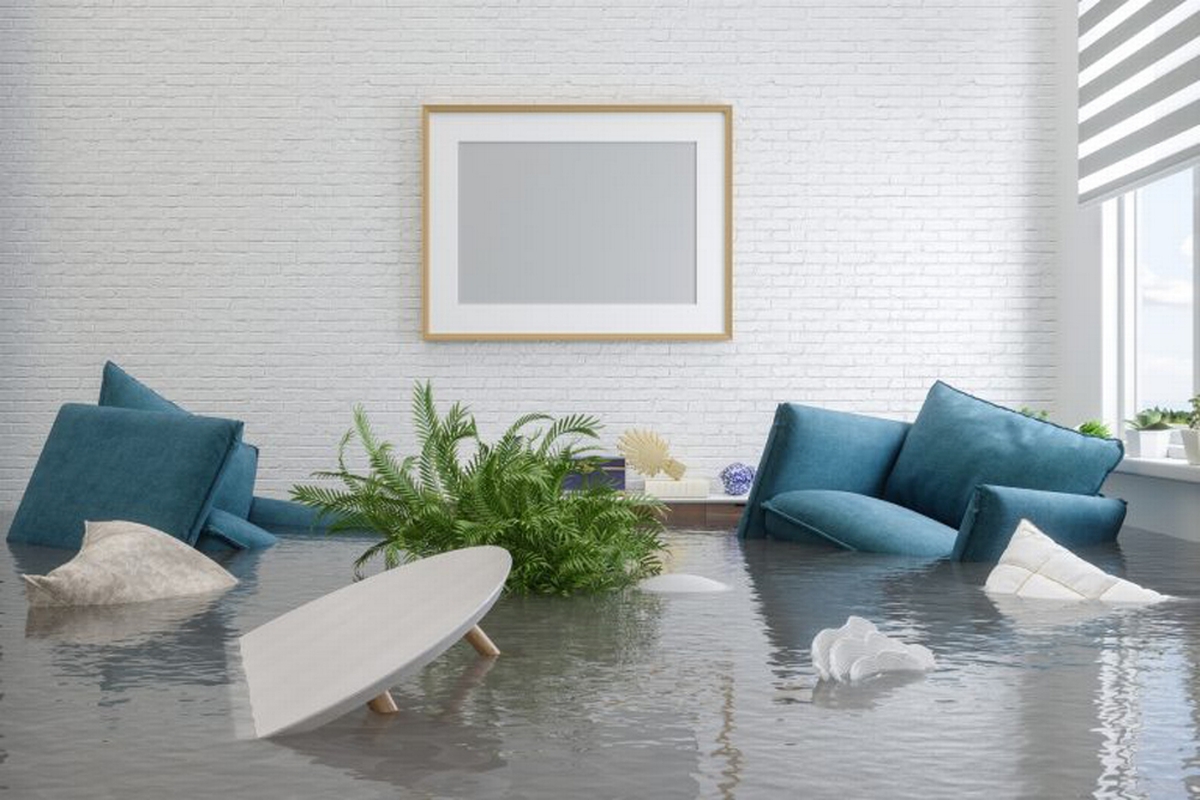Major Sewage Backup? Trust the IICRC Triple Master!
January 01, 2026

Water damage can happen at any time, and it's often unexpected. Natural disasters like floods or storms can cause it, as plumbing issues like burst pipes or leaky faucets, or even human error like leaving a bathtub running or forgetting to turn off a dishwasher. Regardless of the cause, water damage is a severe issue that can cause significant damage to your home and pose health risks due to the growth of mold and mildew.
Removing water-damaged items from your home is crucial to ensure the safety and health of your family. Water-damaged materials can be a breeding ground for mold and other harmful bacteria, which can pose serious health risks if left untreated. Take immediate action to address water damage to ensure a safe and healthy living environment for you and your family. You can take the following safety precautions to remove those items from your home.
Before removing water-damaged materials, turn off the power to the affected area. Water and electricity don't mix, and leaving the power on can pose a severe safety risk. If you're unsure how to turn off the power, contact a licensed electrician for assistance.
Wearing protective gear to protect yourself from exposure to mold and other harmful substances is essential before tackling anything with water damage. This includes gloves, safety glasses, and a respirator mask. Mold spores can cause respiratory problems and other health issues, so take precautions to protect yourself.
Before removing damaged materials, remove any standing water from your home. This can be done using a wet/dry vacuum or a pump. If you have a large amount of standing water or the flood contains contaminated water, it's best to contact a professional water damage restoration company for assistance.
Once you've removed the standing water, sort through the damaged materials to determine what can be salvaged and what needs to be discarded. Porous materials, such as carpet, insulation, and drywall, will likely need to be discarded, while non-porous materials, such as metal and glass, can often be salvaged.
Using a utility knife to remove materials, cut out the damaged section. Be sure to cut at least 12 inches beyond the visible damage to ensure that all affected areas are removed. Place the damaged materials in heavy-duty trash bags and seal them tightly.
After removing the damaged materials, you must clean and disinfect the affected area to prevent mold growth and other harmful substances. Use a solution of one cup of bleach per gallon of water to disinfect the area. Be sure to wear protective gear when cleaning and disinfecting.
Once you have cleaned and disinfected, make sure the area is dried out thoroughly. Use fans and dehumidifiers to dry the area, and open windows and doors to promote air circulation. Ensuring the area is completely dry before beginning any repairs or restoration work is essential.
When disposing of water-damaged materials, it's essential to do so correctly. Check with your local waste management company for guidelines on how to dispose of the materials. Some materials may need to be taken to a particular facility for disposal.
Removing water-damaged materials can be a complex and time-consuming process. If you're unsure how to remove the materials safely or don't have the time or resources to do it yourself, consider hiring a professional water damage restoration company. They have the expertise and equipment to safely and effectively remove water-damaged materials from your home.
While attempting to address water damage yourself may be tempting, doing so can be dangerous and may not fully address the issue. Pine Ridge Restoration has the expertise and equipment to thoroughly remove water and restore your home to its pre-damage state. Our certified technicians are trained to handle all types of water damage, and we use the latest technology to ensure the most effective and efficient restoration possible. Don't risk your home or your health by attempting to tackle water damage on your own – trust Pine Ridge Restoration to get the job done right.
January 01, 2026
December 15, 2025
December 01, 2025